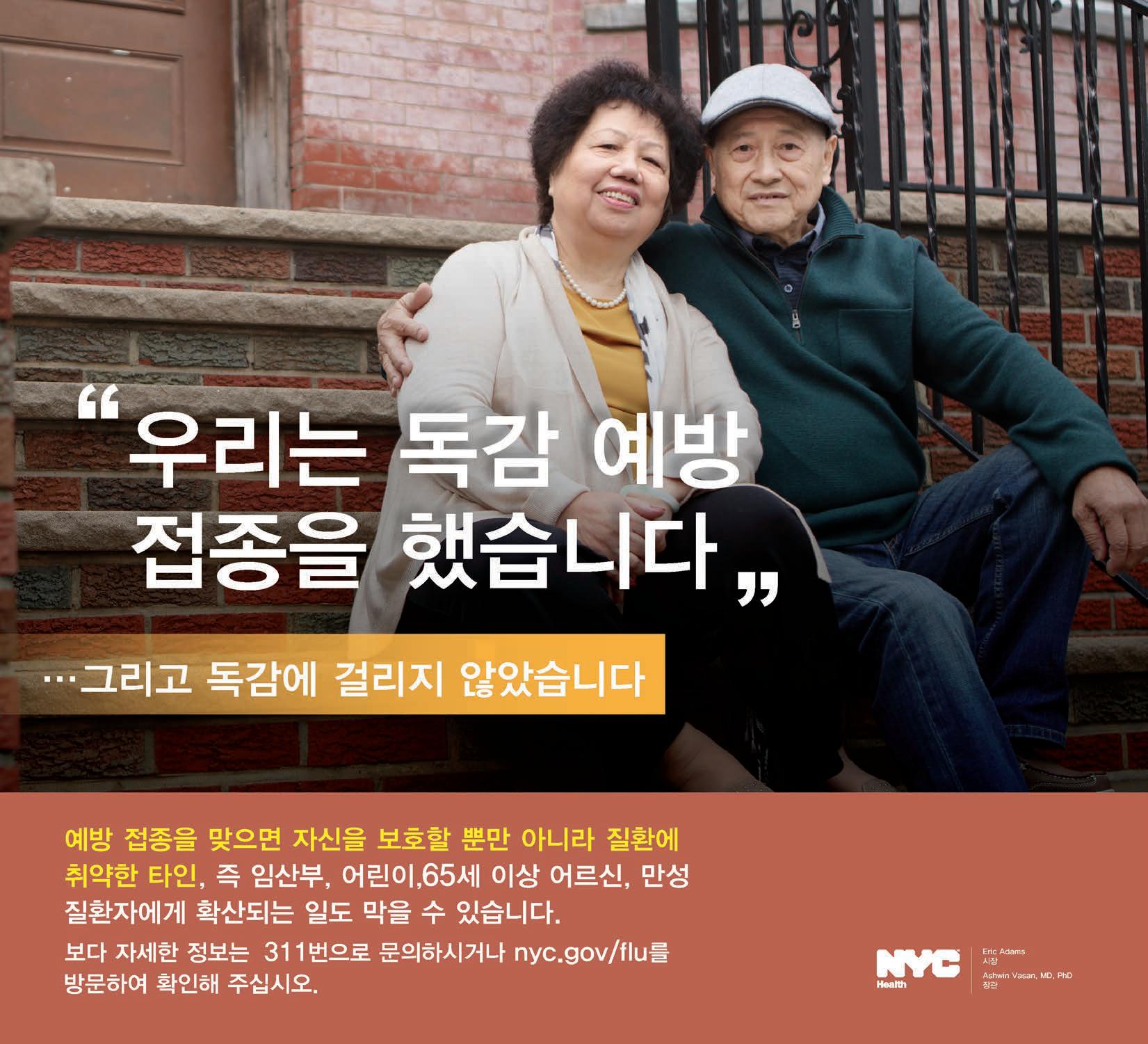Diaspora is known to be the dispersion of people from their homeland to put it simply. It is also known to be a negative thing that has occurred throughout history on many occasions and is continuing as of today. However, I do not believe this. Though the reason behind diaspora may be awful, for example, the holocaust, diaspora as a whole is nothing but a word. A word that can be used to describe an event that may start diabolically but in the end, it can give a by-product of beautiful mixed cultures. In ancient times, Greeks used diaspora as a chance to explore, conquer, colonize, and expand their armies as is the case for many groups at the time. As a result, cultural diffusion expanded throughout the known world, spreading Greek culture and the same concept can be applied to Diaspora. The spread of different cultures all over the world allows people to see that others have different customs. Though Jews have a notorious link to Diaspora, so do Koreans with an extensive history. There are over fifty million South Koreans dispersed in the world, not only in Korea, but in places like the U.S.A, China, Russia, and Germany which are all in common knowledge. However, South Korean Diaspora to South America seems to be less ecstatic as it should since the topic of these very different cultures being socialized is very intriguing. One country in particular that South Koreans have immigrated to in South America is Brazil, which is the largest country on the continent. Brazil is home to the “indigenous Indians, Africans, and Portuguese” cultures
which altogether “formed the modern Brazilian way of life.” (Cultural Life, n.d.) With these two contrasting cultures, Koreans and Brazilians, it is really interesting to see how or if the Korean lifestyle had survived to this day and how it has affected them individually and in their generations. Were Koreans and Brazilians able to coexist?
Currently, there are over fifty million South Koreans and of this number only fifty thousand live in the largest population of Koreans in Brazil (Korean Brazilians., n.d.). This is insane since countries like the U.S.A show a population of “1,076,872 and 1,228,427 (including mixed blood).” (National Association of Korean Americans, n.d.) This shows how minuscule the population of Koreans in Brazil is compared to the Korean Diaspora in other countries. The first generation of Koreans to immigrate to Brazil came in “search of better living conditions or”, in other cases, “freedom due to the oppressive
governments controlled by the military.” (Guimaraes, n.d.) Not only that but the government of the Republic of Korea at the time even “encouraged emigration to South America (especially Brazil, which was experiencing an industrial boom), and to other countries.”
(Guimaraes, n.d.) Emigration is defined as leaving one’s country permanently for another, this means that if the Republic of Korea encourages that their own people should emigrate “under the Emigration Law of 1962” (Guimaraes, n.d.), things must have been really bad for the nation, and it was. During the 1960s, the world bank reported that “Korea’s prospect for development is anything but bright” (Georgia, 2019) with the outlook for growth in South Korea by all international observers being very poor (Georgia, 2019). This is because the “GDP per capita in South Korea in the early 1960s was below $100.” Which is lower
than Haiti, Ethiopia, or Yemen at the time, making South Korea one of the poorest countries in the world (Georgia, 2019). It has been over 46 years since the first emigration group arrived with 89 Koreans on board (Park, n.d.). With that number exponentially growing to the fifty thousand that we know today, it is hard to imagine that there weren’t challenges in the first generation.


Brazil is a completely different country from Korea in geography, history, culture, and many more, so, Koreans had to gather with their familiar others and create communities together. One of the largest Korean communities today is in Bom Retiro, the neighborhood of Koreatown (Pimenta, 2020). However, getting to this status was a struggle as “70% of Koreans in Brazil were undocumented.”(Guimaraes, n.d.) This led to the majority being exploited causing undocumented workers to be paid miserably and they would also be threatened to be put in jail if they left the workshops (Guimaraes, n.d.).Having been caught between the chances of being deported they complied and did whatever they had to. Koreans did not report these exploitations but they did claim that they are saving money to open their businesses once they’re legal (Guimaraes, n.d.), and “due to the process of liberalization of imports, especially from China, many Koreans have gone into other activities (tourist agencies, grocery stores, restaurants, etc.)”
This began to open up a better future for Koreans in Sao Paulo as since then Korean businesses increased up to thirty percent (Guimaraes, n.d.).

Fast-forwarding to today as Koreans have spent a little over fortysix years together with Brazilians, there is still unfortunately not a lot of affiliation. According to a Demographic study by Professor Park (n.d.), the second generation of Korean


immigrants seems to still have a tight bond with each other as he interviewed the Korean community. Some of the most important questions were, “School friends.” Sixty-seven percent who answered had mainly Korean friends while thirty-three percent did not. “Friends outside of school.” Ninety percent replied mainly Koreans while the ten percent were non-Korean friends. “Main occupations.” Eighty-nine percent answered “study only” meaning that this generation is young and is mainly still in school. Upon further evaluations, the study shows that most Koreans can connect with their culture whether it’s through their parents, school, or visiting Korea themselves, therefore, keeping their Korean identity though in a different country. There is also a significant percentage (45%) of Koreans who are at least a basic level of speaking Korean, while others are at an intermediate to a proficient level, and they do eat Korean foods daily. However, living in another country does affect Korean culture as “interestingly, Korean culture is mixed with that of Brazil”(Pimenta, 2020), especially in Bom Retiro. Posters of Korea’s language Hangul are mixed with Portuguese so that the two may communicate in some way (Pimenta, 2020). Also, in preserving the Korean culture residents of Bom Retiro take part in “cultural festivals including K-pop concerts that are held there frequently, and many museums or workshops allow visitors to experience traditional Korean culture.” Apart from this, Koreans also now have domination over the clothing market in Brazil. In Bom Retiro, stores are open with high-quality clothing either sold by wholesale or retail making it an attraction for “many people from other Brazilian states” who are “in search of good fabrics and clothing.” (Pimenta, 2020) Another thing people tend to be attracted to is the number of Korean restaurants where everyone enjoys delicious Korean Cuisines. Furthermore, keeping their culture cannot be easier with the Hallyu Cultural Center opening “with a variety of programs on Korean culture including classes in the Korean language, K-pop dance, and traditional handicrafts.”(Pimenta, 2020) These programs are not exclusive to Koreans so this helps to culturally diffuse South Korea’s wondrous culture across South America.
Korea’s Diaspora to Brazil is an example that shows that Diaspora may start as an unfortunate event. However, what comes afterward is a chance for cultures that are never thought to collide to suddenly be coexistent. The spread of Korean traditions may have never reached that side of the planet without diaspora and hopefully, with that, it will be able to spread past Sao Paulo and to other countries. Though it has been a rough path to get to the status Koreans are right now in Brazil, including the exploitations they experienced. The resiliency and drive that the Korean Community showed were extraordinary and are enough to inspire all Koreans to not hide their cultures in any way and be proud of who they are no matter what country they’re in.
This can also be applied to any other culture like mine, which is Guyanese. Like the Koreans in Brazil, I don’t have to change who I am to live in the U.S and be proud of my culture as well.
그런데 몇 달 전부터는 큰딸
집에 가면 외손자가 나를 보고 웃

으며“바이, 바이”하는 게 어째



나를 놀리는


































































































































































